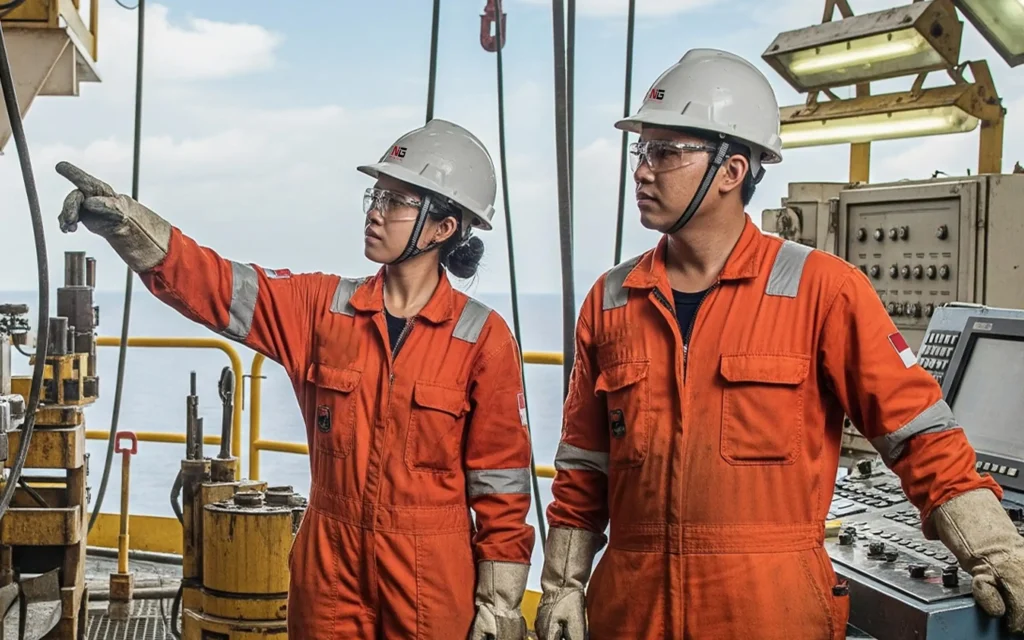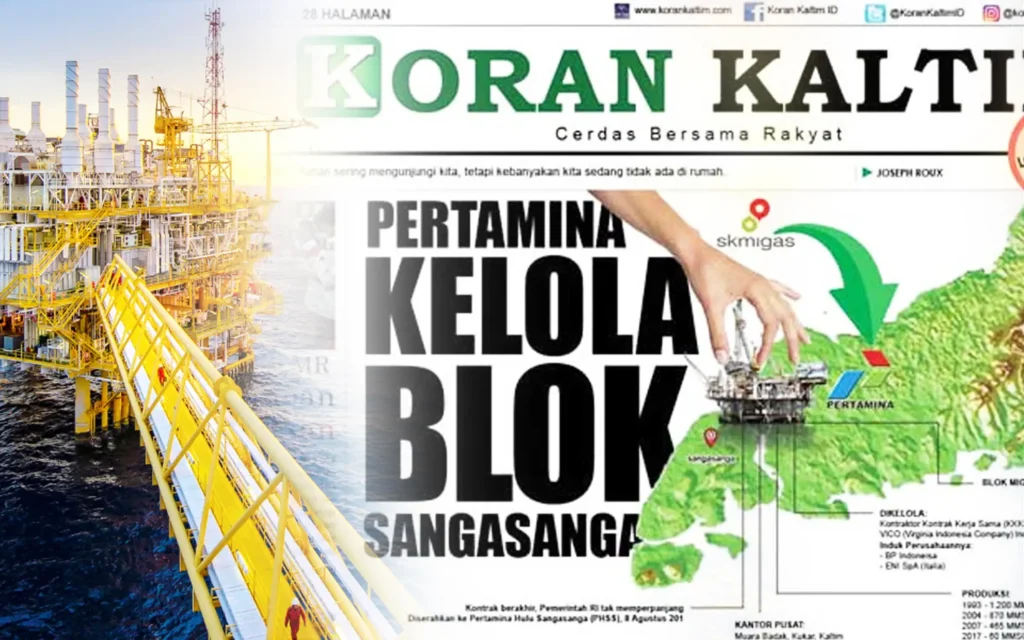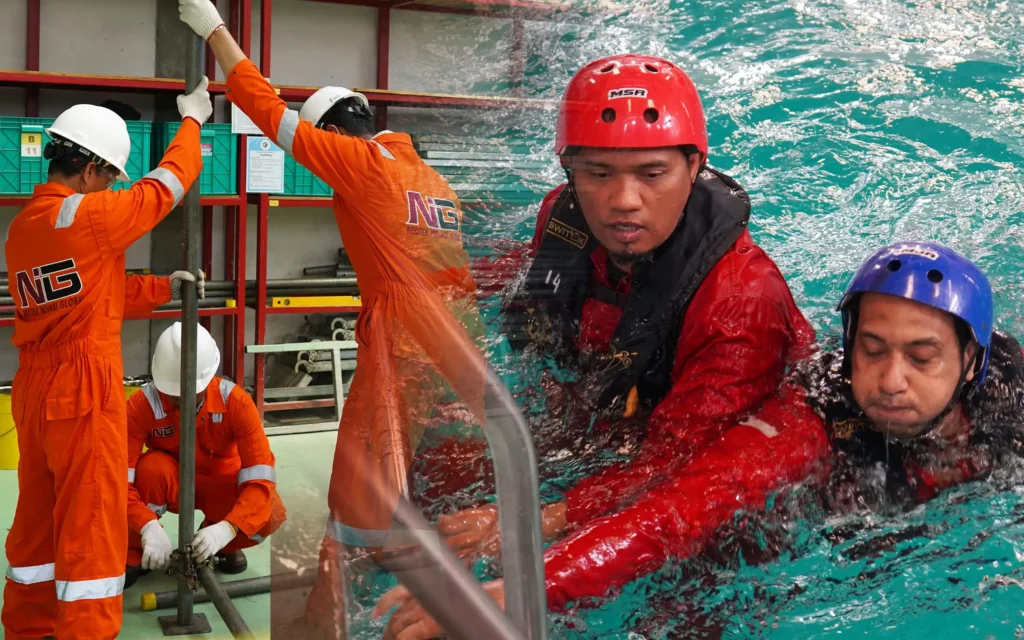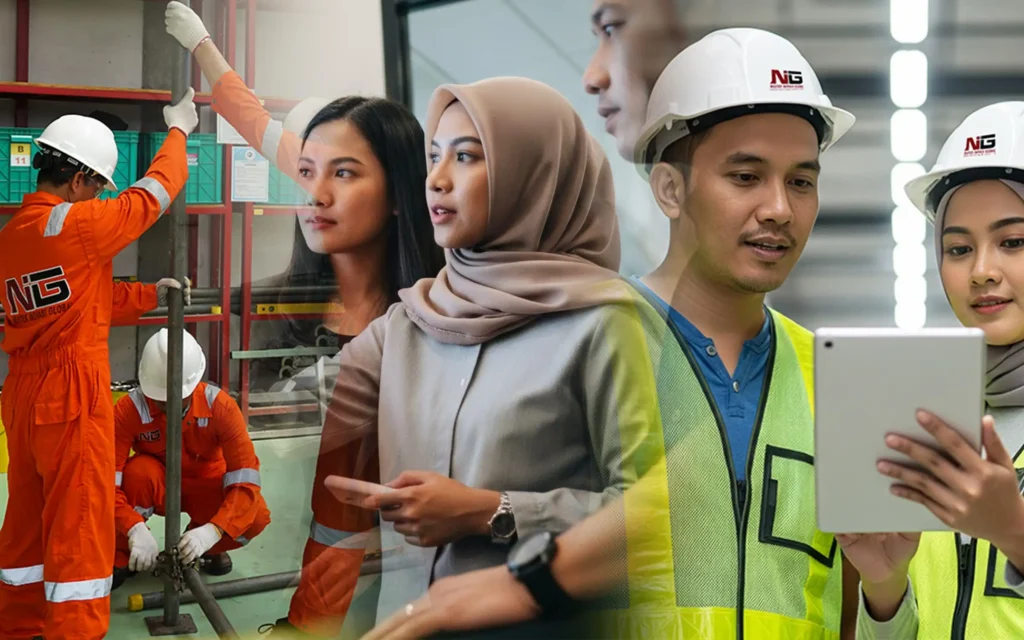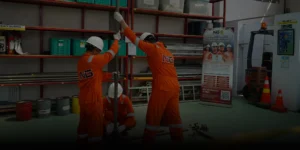Well control in geothermal drilling is a vital aspect of ensuring safety, preventing blowouts, and optimizing energy production. Unlike conventional oil and gas operations, geothermal wells involve extreme conditions — high temperatures, corrosive fluids, and unstable pressure zones. This article discusses the key challenges of well control in geothermal drilling and the valuable lessons that can be applied from the oil and gas industry.
1. Understanding Well Control in Geothermal Drilling
Well control refers to a series of techniques, equipment, and operational procedures used to maintain pressure balance during drilling activities. In geothermal well control, the objective is to prevent uncontrolled fluid influxes or losses that could lead to hazardous situations.
Unlike oil and gas operations, geothermal wells frequently deal with superheated steam and high-pressure water, requiring advanced materials and specialized control systems. Therefore, maintaining pressure integrity in geothermal wells demands a deeper understanding of formation dynamics.
2. Key Challenges in Geothermal Well Control
Several factors make well control in geothermal drilling more complex than in oil and gas:
-
Extreme temperatures exceeding 300°C can degrade drilling fluids and affect the performance of surface equipment.
-
Corrosive fluids, such as brines containing silica, CO₂, and H₂S, require corrosion-resistant materials.
-
Unpredictable formations with fractures and permeability zones increase the risk of kicks or fluid losses.
-
Limited industry experience — geothermal projects still lack the broad expertise available in the oil and gas sector.
These challenges highlight the importance of training, technology adaptation, and constant monitoring.
3. Lessons from the Oil & Gas Industry
The oil and gas industry offers decades of practical experience in well control that can benefit geothermal operations:
-
Real-time pressure monitoring helps detect anomalies before they escalate.
-
Comprehensive kick detection training ensures the drilling crew responds quickly and correctly.
-
Modified blowout preventers (BOPs) can be adapted for high-temperature geothermal applications.
-
Enhanced emergency response protocols strengthen operational safety.
By applying these lessons, geothermal drilling teams can significantly improve safety and operational reliability.
4. The Future of Geothermal Well Control
As demand for renewable energy continues to grow, geothermal drilling will expand into deeper, hotter, and more complex reservoirs. Innovations in drilling fluids, high-temperature BOPs, and pressure management systems, combined with skill development adapted from oil and gas, will define the future of geothermal well control.
For professionals interested in geothermal training and certification, visit Neotek Inovasi Global — your trusted partner in energy safety and technical excellence.
To explore global geothermal advancements, visit the International Geothermal Association.
Conclusion
While geothermal drilling shares technical similarities with oil and gas, its well control challenges demand tailored solutions. By integrating proven oil and gas practices, the geothermal sector can enhance safety, minimize risks, and support the transition toward a sustainable energy future.








